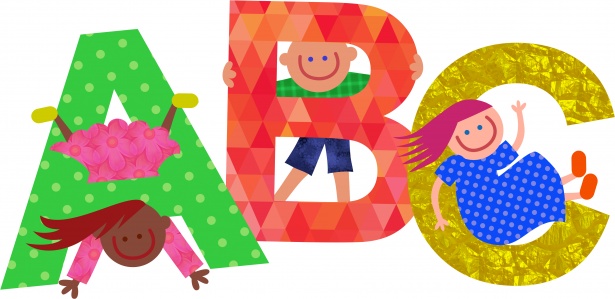Mom-Led English Education for English Language Learners: A Comprehensive Guide
Learning English as a second language has become increasingly important in our globalized world. As a parent of young children, you might be wondering how to start teaching your 4-5-year-old non-native English-speaking child this valuable skill. This blog will provide you with practical tips, alphabet and worksheet activities, and ideas for incorporating native English speakers into your child's education. Let's get started!

Familiarize your child with the English alphabet
The first step in teaching English to non-native speakers is to introduce them to the alphabet. Begin with these simple activities:
- Sing the Alphabet Song: Make learning fun by singing the Alphabet Song together. This will help your child memorize the letters and their order.

- Alphabet Flashcards: Create flashcards with each letter and a corresponding image that starts with that letter (e.g., "A" for "apple"). Review these flashcards with your child regularly.

- Letter Tracing Worksheets: Print or create worksheets for your child to practice tracing each letter. This will help them familiarize themselves with the shapes of the letters.
Focus on phonics and vocabulary building
After your child has become comfortable with the alphabet, it's time to move on to phonics and vocabulary building.
- Phonics Worksheets: Use worksheets to teach your child the sounds each letter makes. Start with basic consonant sounds and move on to vowel sounds and blends.
- Vocabulary Flashcards: Create flashcards with common words and their corresponding images. Review these with your child to help them build their vocabulary.

- Label Household Items: Label items around your house with their English names. This will help your child associate everyday objects with their English words.
At NSEO, we build confidence in beginners, so that they are comfortable speaking with native speakers:
Encourage Reading and Writing
As your child becomes more comfortable with the English language, it's important to introduce reading and writing activities.
- Storytime: Read English storybooks to your child regularly. Choose age-appropriate books with simple sentence structures and vocabulary. For a booklist to get you started, see American Textbooks and Literature for English Learners and How to Choose English Books to Teach Your Own Kids

- Writing Practice: Encourage your child to practice writing letters, words, and simple sentences. Provide them with lined paper and writing prompts to help them get started. To get started with journaling, see here.
- Reading Comprehension Worksheets: Use worksheets to help your child practice reading comprehension. These can include fill-in-the-blank, multiple-choice, or short-answer questions based on a short story or passage.
If you haven't already, be sure to get our free full guide to teaching your own students.
Incorporate Native Speakers into Your Child's Education
Exposure to native English speakers can greatly enhance your child's learning experience.
Here are some ideas for incorporating native speakers into their education:
- Language Exchange: Connect with a native English-speaking family who wants to learn your native language. Arrange regular playdates or video calls for your children to practice speaking with each other.
Having a pen pal or an online friend who speaks English can be a great way for your child to practice their language skills. Websites like:
Global Penfriends (https://www.globalpenfriends.com/) and
PenPal World (https://www.penpalworld.com/)
These types of sites can help your child find an English-speaking friend to correspond with. Encourage your child to exchange emails or messages with their new friend regularly and provide guidance in crafting grammatically correct messages.
- Storytime at a Local Library: If you live in an English-speaking country or a multicultural community, attend English storytime sessions at your local library.
- Online Tutoring: Hire a native English-speaking tutor for online lessons. Now Speak English Online can help you find qualified tutors.
Why should you choose NSEO for online tutoring?
 Engage Your Child with Fun and Interactive Activities
Engage Your Child with Fun and Interactive ActivitiesKeep your child interested and engaged in learning English with these fun activities:
- English Songs and Nursery Rhymes: Sing English songs and nursery rhymes with your child. These catchy tunes will help them remember new words and phrases.
- Educational Games: Play educational games in English with your child. These can include board games, card games, or online games that reinforce vocabulary and language skills.

- Simple scenarios in English, such as ordering food at a restaurant, asking for directions, or shopping at a store. This will help them practice speaking and improve their confidence.
Set Realistic Goals and Track Progress
Setting achievable goals and monitoring your child's progress will help keep them motivated and focused.
- Set Goals: Establish short-term and long-term goals for your child's English education. These can include learning a certain number of new words, reading a specific book, or mastering a particular grammar concept.
- Assess Progress: Regularly assess your child's progress using informal quizzes, reading comprehension exercises, or speaking activities.

- Adjust Goals: If your child is struggling or excelling in certain areas, adjust their goals accordingly to ensure they continue to grow and develop their English skills.
If you haven't already, be sure to get our free full guide to teaching your own students.

.jpg?height=200&name=happy%20boy%20writes%20and%20laptop%20(1).jpg)

